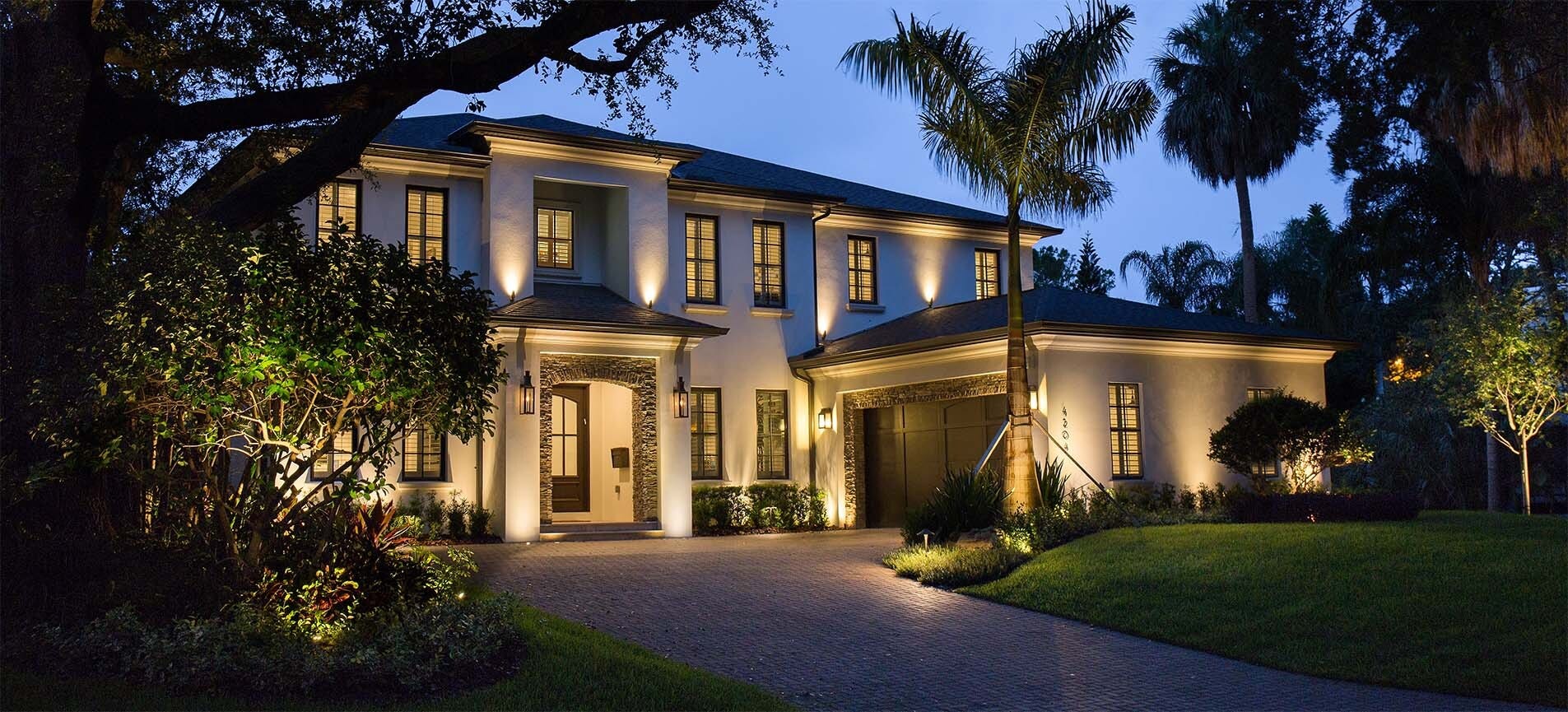LED Lighting Pros and Cons
When you’re trying to decide on the right light fixtures for your home, you’ll have to choose from many different bulb types. LED light bulbs are one option and, like other choices, they have unique advantages. There are also disadvantages to LED lighting. When weighing the benefits of LED lighting, you’ll need to take several different factors into consideration. Read on to consider these LED light bulb comparison factors and learn about what LED lighting is. That way, you won’t be in the dark when making your decision.
What is LED Lighting?
LED stands for light-emitting diode. When voltage is applied to the two leads, electrons move around and create light (electro-luminescence). By comparison, an incandescent bulb lights up when the internal filament is heated; a CFL bulb glows when an electrical current runs through the gases in the tube. There are numerous LED lighting fixtures, so you can find plenty of styles for every room in your home. From pendant lights for the kitchen to LED outdoor wall lights for a deck, there are many options that are both stylish and energy efficient.
Pros of LED Bulbs; LED Advantages
There are numerous LED advantages to consider when you install LED bulbs. First, they last up to 50,000 hours. This is a significantly longer lifespan than both incandescent lights and CFL bulbs. These long-lasting LED lights greatly reduce the need to purchase and install replacements: this makes LED recessed lights and LED chandeliers or pendant lights a brilliant choice to install in those hard-to-reach places — such as from high ceilings and in stairwells. LEDs are also energy efficient: they use about six times less energy than incandescent bulbs. This means that LED lights will provide you with significant savings on your electric bill. Some local and state governments even offer rebates or other incentives to switch to LED bulbs.
Other Benefits of LED Lighting
LEDs are often compared to their energy-efficient cousins: CFL bulbs. LEDS, unlike CFLs, don’t contain mercury. If an LED light breaks, you don’t have to be concerned about a difficult (or dangerous) cleanup process. Fixtures with LED bulbs also don’t require any “warm up” time after being switched on; this eliminates the time needed to reach full brightness. There are several types of LED light bulbs that emit different colors, so you can add some fun effects to your home’s lighting.
Disadvantages of LED Bulbs
One disadvantage of LEDs is the high initial cost per bulb. Over time, however, LED lights will pay for themselves through energy savings and incredibly long lifespans. Bulbs from various manufacturers may appear noticeably different in terms of their white light hues, so choose a well-known brand. Most white LED bulbs emit a cooler, blue-tinted light — rather than the “warmer” glow that is associated with incandescent bulbs. Some people prefer “daylight” or “natural light” LED options. Some LED fixtures may create sharp shadows that may not be desirable in certain places in the home. Other disadvantages of LEDs are that not all LED bulbs are dimmable; those that are may require special dimmer switches. If dimmable LED fixtures are important to you, it’s wise to check the bulb’s packaging carefully if you want adjustable lighting. Finally, some standard LED bulbs may not be compatible with your existing enclosed fixtures, such as flushmount lighting. However, some manufacturers offer specialized bulbs for enclosures.
Are LED Fixtures Right for Your Home?
Certain areas of your home may benefit more from LED lighting than others, depending on their use and their convenience. Areas where changing bulbs is often difficult, such as high ceiling lights, are good candidates for LED lights. Areas where the quality of the light (tint) isn’t as important, such as outdoor areas, may also benefit from LED fixtures. When you are looking into LEDs, you should consider certain performance aspects, including lumens and color rendering index (CRI). The number of lumens refers to the amount of light output (brightness); CRI describes the quality of light compared to a familiar reference (such as daylight). The best LED light bulbs have a high lumen count and CRI of at least 90. Once you’ve installed your new LED fixtures, you can enjoy energy-efficient lighting with almost no required maintenance.
Contact Destination Lighting
Have questions about LED lighting? Have additional questions about the pros and cons of LED in your home? Contact us either by phone or by email. We’re here to help find the best lighting solutions in your home or business; with over 100 years of experience in the lighting industry, we’re uniquely qualified to help you find the products you need. We carry a great selection of LED sconces, including LED recessed lights, LED pendant lights, LED outdoor lights and LED ceiling lights. Follow us on Instagram, Pinterest and “like” us on Facebook to be the first to know about trends, specials and promotions.

